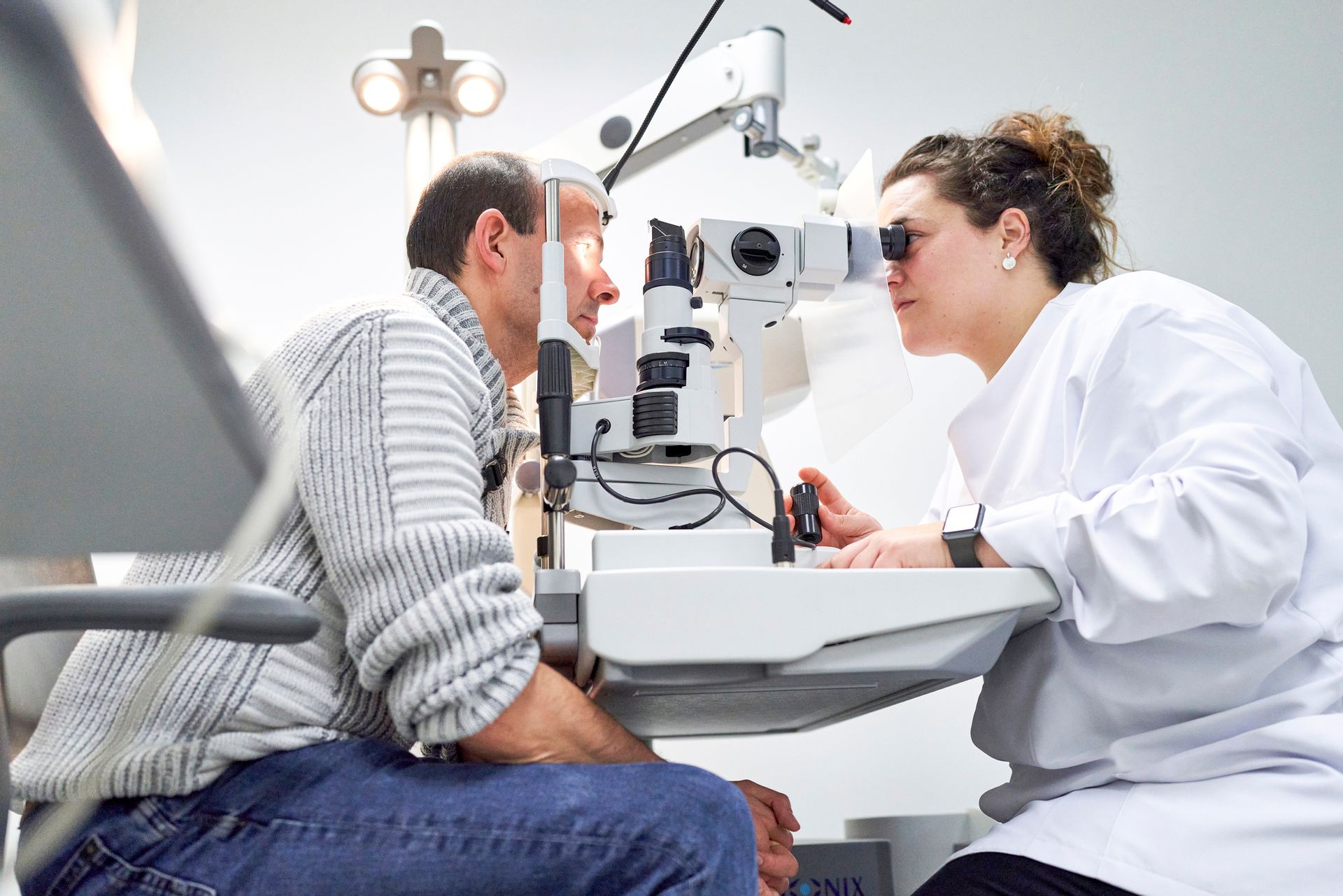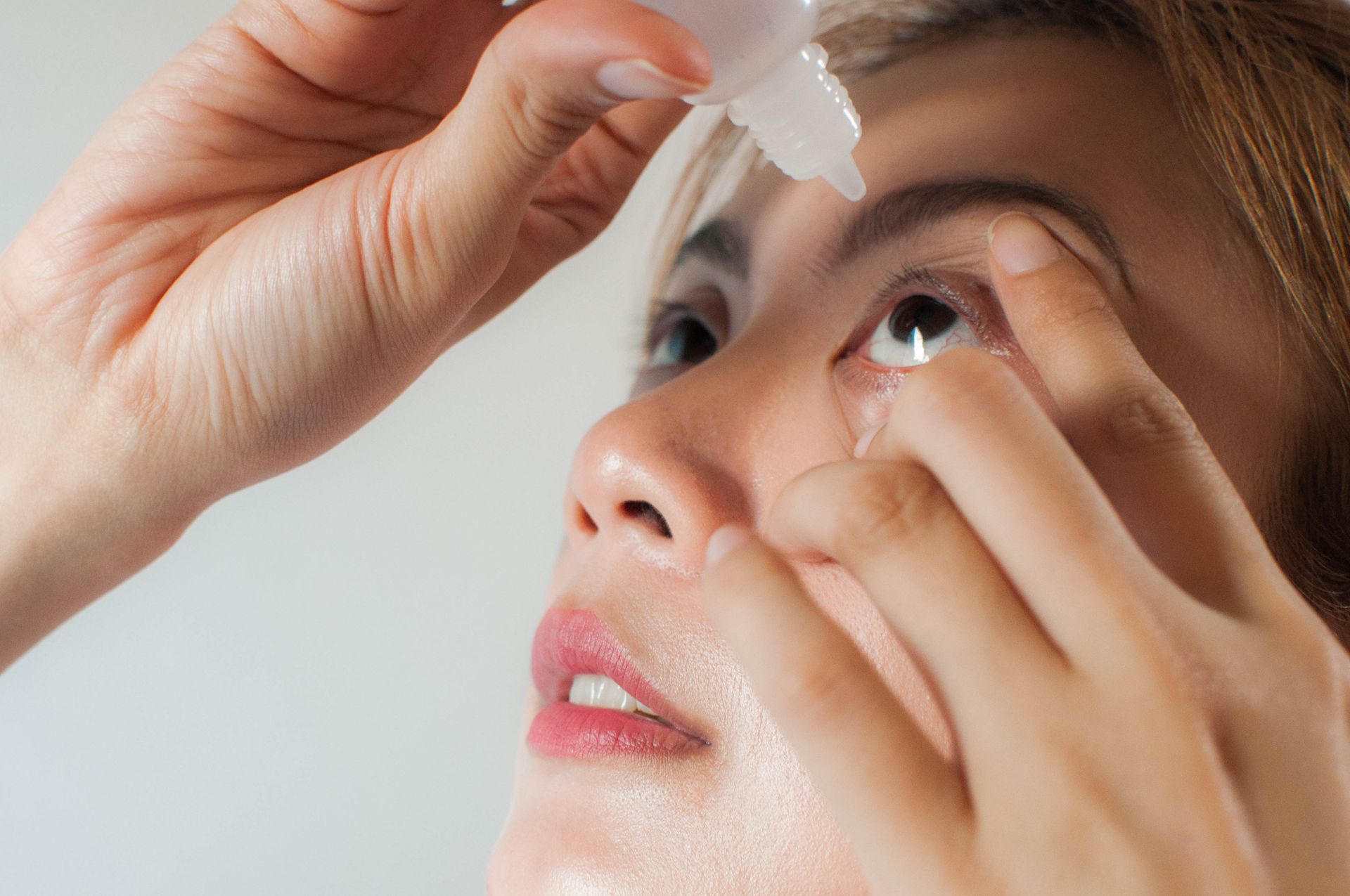3 Effects of Long-Term Digital Eye Strain and Screen Use
- By No Author
- •
- 14 Sep, 2023
- •
In this modern, hyper-connected world, screens have become an unavoidable part of daily life. From scrolling through social media feeds to working on spreadsheets, your eyes are likely under constant assault from digital devices. But have you ever wondered about the long-term impacts of this relentless screen time on your eyes?
Beyond the occasional headache or blurred vision, the effects are far more pervasive and can have serious implications for your vision. Read on to discover three little-known effects of long-term digital eye strain and prolonged screen use.
1. Increased Risk of Nearsightedness
Digital eye strain can significantly contribute to the development of nearsightedness, also known as myopia. With this condition, you can see close objects clearly, but distant objects appear blurry.
When you constantly focus on screens at close range, your eye muscles contract to adjust the eye's lens. Over time, this continuous contraction can make the muscles 'overwork,' causing the eyeball to elongate. This makes it difficult to focus on distant objects since the light now focuses in front of the retina instead of directly on it.
Imagine the eye as a camera. The more you use the zoom function—equivalent to looking at objects up close like screens—the more strain is put on the lens. If the zoom function is overused, it can lead to issues with focusing on objects at a distance, just like in nearsightedness.
The condition can harm your eyesight and require corrective lenses or surgery. The lenses are specially designed to provide a clear image of both near and distant objects to ensure your eyes are properly focused on both. Surgery might not be necessary in most cases, as nearsightedness can be managed with vision therapy.
2. Dry Eye Syndrome
Also known as dry eye disease, this condition makes your eyes unable to produce enough tears to keep them lubricated. Screen displays cause the eyes to blink less frequently as you focus intently on the images. This reduces tear production and makes your eyes more prone to dryness.
Contact lenses, certain medications, or aging can also cause dry eye syndrome. However, digital devices have been identified as a major contributor to this condition in young adults.
Without tears, your eyes cannot adequately remove foreign particles or bacteria that might cause infection. Over time, dry eye syndrome can lead to other issues such as blurred vision, light sensitivity, and inflammation.
To treat the condition, your eye doctor might recommend possible treatments such as lubricating drops or an omega-3 supplement. The lubricating drops can help reduce irritation and keep your eyes moist, while the omega-3 supplement helps maintain healthy tear production, which prevents future dryness.
3. Eye Fatigue
Eye fatigue, also known as asthenopia, is another common consequence of prolonged digital screen use. When you spend hours staring at digital devices, you engage in intense, close-up work that requires your eyes to focus and refocus constantly. Just like any muscle in your body, your eye muscles can get tired if you overuse them, leading to feelings of fatigue, discomfort, and even decreased productivity.
The effect is further exacerbated by the high visual demands of screen viewing. Screens often have a glare or reflection, and the text, images, and videos constantly shift. This requires your eyes to adjust quickly.
Additionally, the contrast and brightness of digital screens are different from that of regular printed materials, which can impose extra strain on your eyes. With time, these factors force your eye muscles to work overtime, triggering eye fatigue.
Symptoms may include tired, itching, or burning eyes. You might also get frequent headaches, blurred or double vision, and sensitivity to light. These symptoms clearly indicate that your eyes need a rest from excessive screen exposure.
Don't ignore the signs of digital eye strain any longer. Give us a call at Calvert Ophthalmology Center to schedule an appointment and get the care you need.











